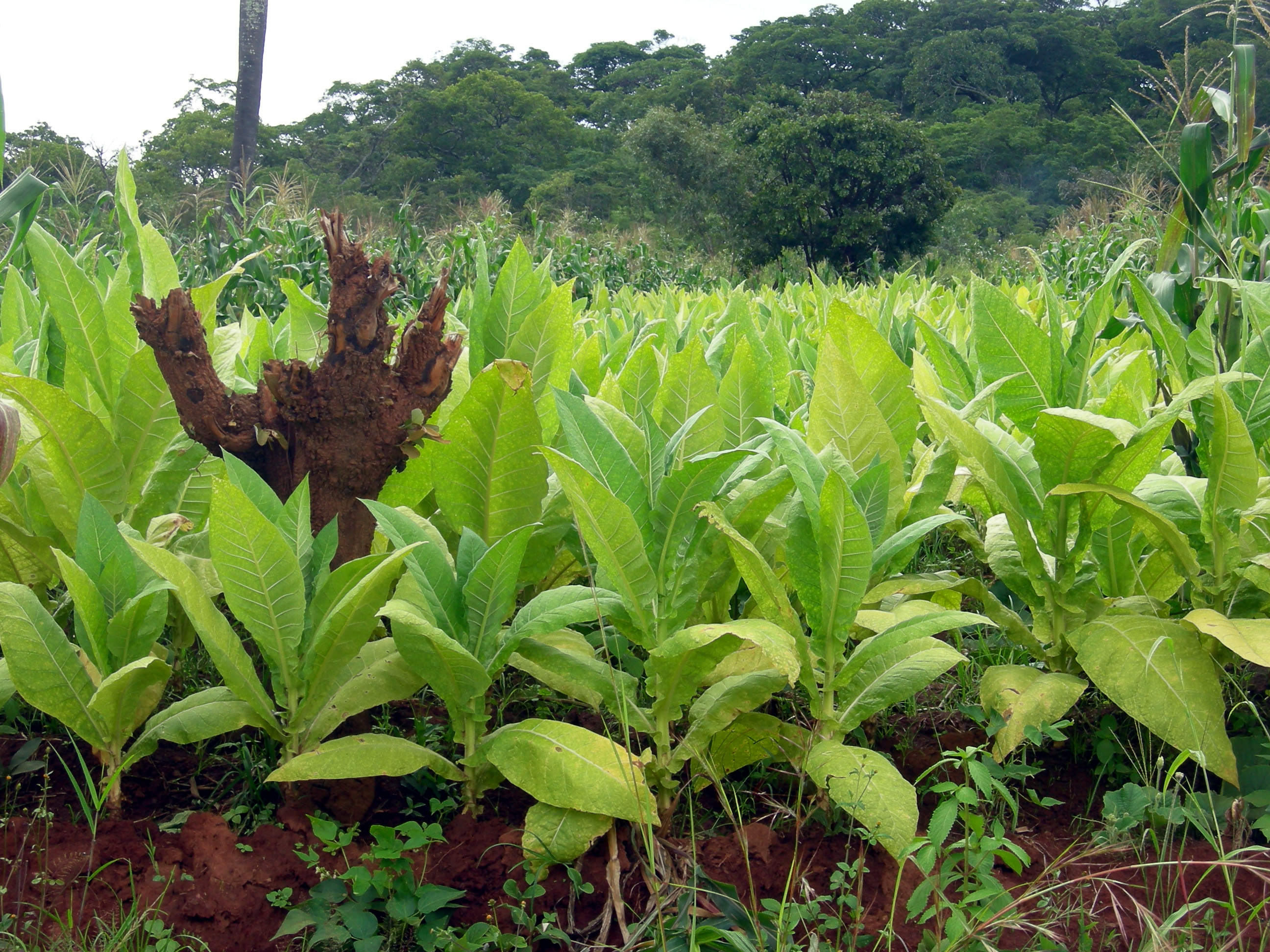Tobacco plantation in Malawi
Copyright© Joachim Huber, via wikimedia, CC BY-NC-SA 2.0
Economic situation A country heavily dependent on the weather and world markets
Malawi’s dependence on a few, mostly unprocessed goods as exports makes its economy very vulnerable to external influences such as droughts, agricultural pests or price fluctuations on the world market. In addition, Malawi lacks access to the sea, making it reliant for its foreign trade on transit routes through neighbouring countries.
The economy is also held back by the country’s inadequate power supply. Only about 14 per cent of people have access to electricity. Malawi’s weak infrastructure is an obstacle for launching small and medium-sized production businesses, in particular.
In recent years, droughts and floods have become worse in terms of their frequency and their scale. In March 2023, Malawi was hit by a tropical storm that was described by the World Meteorological Organization (WMO) as probably the longest-lasting cyclone ever recorded. It must be expected that devastating weather events of this kind will become even more frequent as a result of climate change.
Price increases a burden for the economy and the population
In the years before the outbreak of the COVID-19 pandemic, Malawi’s economy was achieving growth rates of between four and 5.4 per cent. In 2020, growth was significantly lower due to the pandemic (plus 0.8 per cent). Although the economy grew by 2.8 per cent in the following year, its rate of growth was still well below the levels recorded before the pandemic. In 2022, growth was as low as 0.9 per cent. The harvest was smaller due to a prolonged drought and several tropical storms destroyed farmland and infrastructure. The International Monetary Fund (IMF) is predicting economic growth of less than four per cent for the next few years as well.
In 2023, rising prices for food and fuel caused an additional sharp increase in inflation. In January 2024, the inflation rate was 35 per cent overall and over 45 per cent for food.
Another poor harvest is being predicted for 2024. Because of the high prices and a drop in the availability of fertiliser and seeds and the risk of more extreme weather events (heavy rainfall, hurricanes), experts are warning of the danger of a possible famine in Malawi.
Development potential
Agriculture, tourism and mining all have the potential to boost economic development. In order to harness its potential, however, agricultural production would need to be modernised and expanded to include new products. And to attract greater numbers of tourists, Malawi must improve its political stability and step up conservation of its natural resources. The country can offer a range of different landscapes and has a number of conservation areas.
In the future, mining activities could also contribute to economic development. Malawi has reserves of various commodities, such as uranium, gold, rare earths, and oil and gas in Lake Malawi.
As at: 28/03/2024
